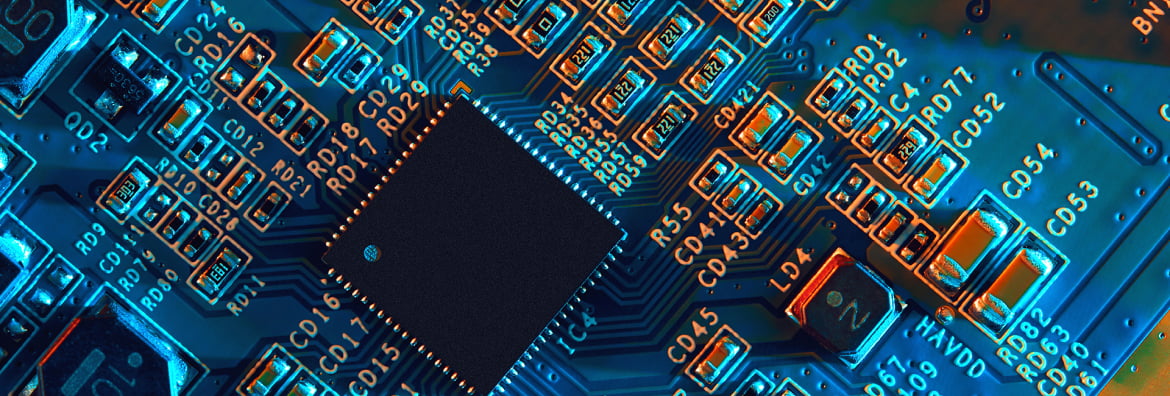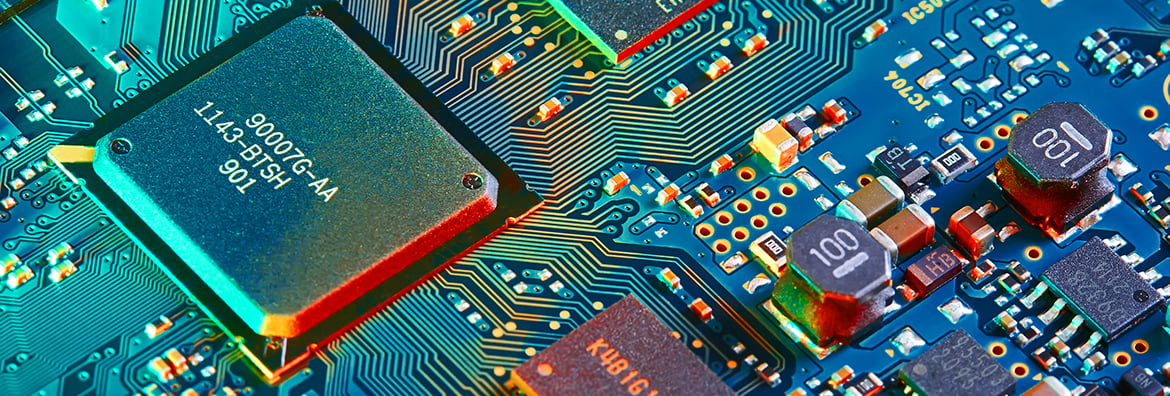services
Audio & Speech Module Development

services 01
Mobility Audio/AMI Technology closely work with the customers to accelerate their Algorithm development needs. We offer the more than 400 audio and speech algorithms Off-the-shelf and rapidly develop the new algorithms in combination with these or form the scratch
-
KEY OFFERINGS
01
Design and develop the application specific algorithms for example Wind Noise Reduction, Convolution Reverb etc.
02
Development starts by tweaking the algorithm in the Matlab and unit test using the file I/O or specific input data.
03
Porting the Matlab code to C and optimize w.r.t Memory and Cycles.
04
Test the algorithm in real time on Native PC and make it to meet the given specs.
05
Port that to given Evaluation kit of DSP/DSC or SoC etc.
06
Create a real time demo on Native CP or evaluation kit using the AMI Designer to further evaluate by the customers.
07
Optimize to fit in the available Memory and MIPS.
-
How It Works
Our "Off-the-Shelf" modules are categorized into grouped like EQs , Cross Overs, Virtualizer, Bass Boost, Speed EQs, Auto Duckers, Filters, Scalars, Mixers, Delays, Limiters, etc. These low-level modules can be combined to provide increased complexity layouts using GUI Designer and generate API for it. Most Audio modules are designed to operate on mono or interleaved stereo audio channels, which allowing mono, and stereo signals to be supported in a natural manner. Some modules incorporate built-in smoothing on a sample-by-sample or block-by-block basis yielding "click less" operation. It supports collection of optimized real-time Audio processing functions sufficient for developing innovative Audio products.
Firmware Development

services 02
In the Product development most of the time teams spend 20% on the core technologies and remaining 80% on the plumbing work like defining and developing the firmware for the product. Mobility Audio works closely with the customers to accelerate this development by using their Off-the-Shelf firmware as the starting point
-
KEY OFFERINGS
01
Define and Develop real time frameworks for different Audio and Speech applications
02
It includes designing of the firmware from the low level interrupts based to the RTOS and more complex thread based developments
03
Define and development of Host communication
04
Define and developing the boot loaders and handshaking mechanisms
05
Define and develop the Field updates software. This includes from simple Peer to Peer filed updates to filed updates over Network from the Centralized Server
06
Developing the protocols for the host communication like UART, SPI, I2C, LAN / WiFi etc
07
ON the Fly host tuning, defining the standalone tuning, mapping the HW controls to the software controls and on the fly tunings
Board Support Package Development

services 03
Mobility Audio also provides services in providing the board support packages for DSP, Microcontrollers, Application processors and SoCs
-
DSPS AND MICROCONTROLLERS EVALUATION OR PRODUCTION HARDWARE BOARDS

01
Brining up the Real Time Audio and Speech input and output drivers on DSP and Microcontroller boards
02
Brining up the host communications via SPI, I2C and UARTs
03
Brining up the Flash / External Memories
04
Brining up the Porting the Flash programming drivers and Windows based utilities
05
Integrating the AMI Designer and bring up the demos
-
SOCS AND APPLICATION PROCESSORS

01
Building the Linux kernels on the SOCs
02
Porting the File System
03
Bring up the ALSA drivers, JACK and Port Audio
04
Bring up the Audio and Video playback on the SOCs
05
Bring up the server and multiple client communications, for example Node and custom server implementations.
06
Bring up the Java and Java script applications on the SoCs
System Integration

services 04
OEMs and ODMs will work closely with AMI Technologies to integrate and Optimizing the system resource for DSP/SoC optimization
-
KEY OFFERINGS
01
Putting all the blocks together and creating the Audio and Speech signal chains using the AMI Designer
02
Tuning the system on the Fly
03
Fixed point porting of the algorithm if the target processor is a Fixed point Processor
04
Profiling the system and find out the most memory and MIPS consuming parts in the system
05
Optimizing the most CPU consuming modules with processor intrinsic and deploying the optimizations strategies depending on the instruction architecture of the given Target Processor
06
Assembly porting of the crucial functions to further reduce and fit the system in the available memory and CPU frequency
07
Porting the approximation methods to the math functions and optimizing them on the target Hardware
08
ARM NEON optimizations on the application processors
09
Integrating the optimizations in the native level on the Smart Devices



